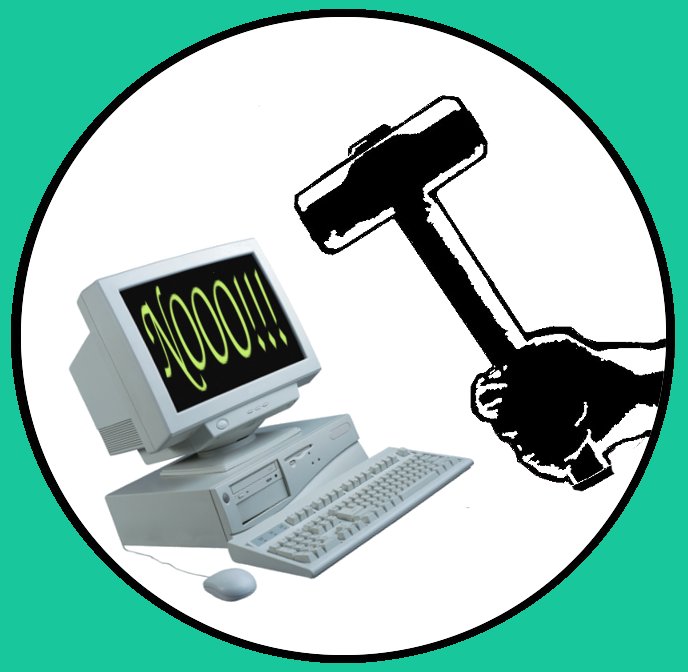
Two centuries ago there was the general perception in the industrialized countries that machines were conquering the world. They were certainly creeping up into more and more activities that were previously considered the realm of highly skilled human beings.
In England there was a movement of resistance to this trend called the “Luddites” because they signed their pamphlets as written by “King Ludd”. They destroyed many machines, mainly from the textile industry, before they were suppressed by the government.
Nowadays there is a softer kind of resistance that criticizes the products of technology because of the poor quality associated to them. A typical case is the campaign against fast food. Gourmets everywhere resent the fact that people would sell their good taste for a few coins.
The translation trade has been having these discussions for a while now. Are we making any progress? I think in the same way that fast food is here to stay, also Machine Translation plus Post Editing (MT+PE) is already an established technology, mature enough to make sense both from the point of view of the service provider and of the client. And I think there might be a case for it from the point of view of translators themselves. Instead of spending time going through repetitive instructions on how to change the toner in a photocopier, they can concentrate on finding the precise word that conveys best the subtle image evoked by the author.
In any case, as in the other branches of industry, it’s not true that human intervention is becoming obsolete. Quite the contrary, the PE part in MT+PE is crucial for any successful translation. Instead, there are new skills that translators need to learn to become effective post-editors. A serious translation company would advise for or against the use of this new technology depending on the different constraints of the project, mainly on the nature of the material to be translated.
Anyone interested in talking about these issues should contact us at Translation Services so we can discuss them further.





